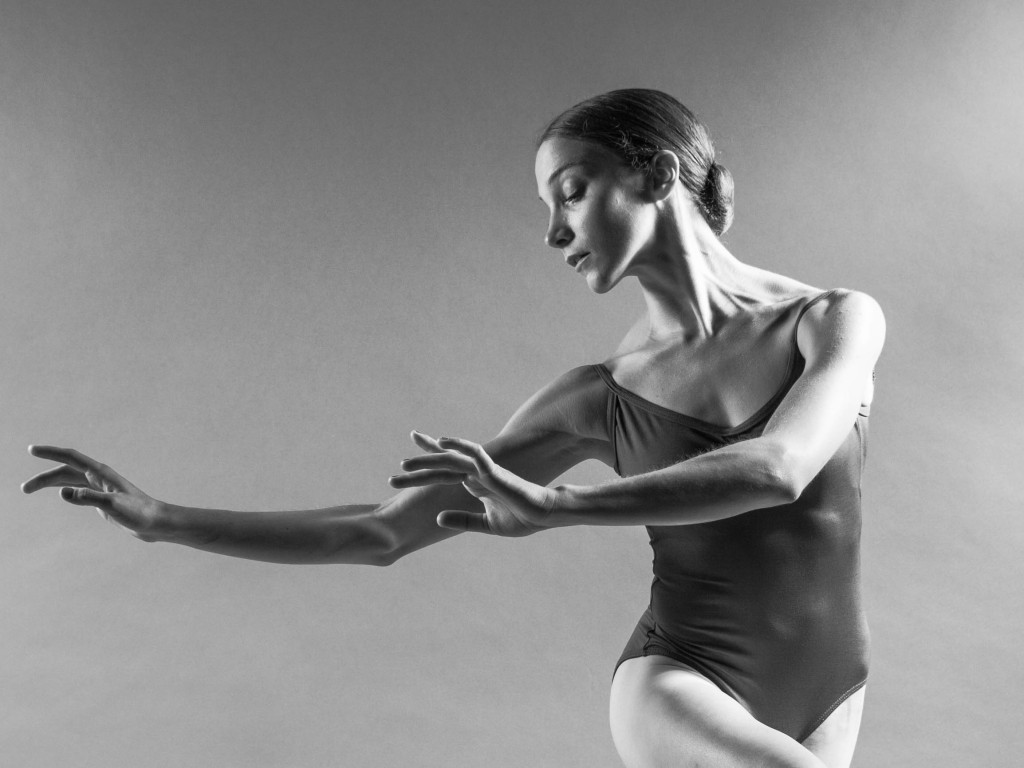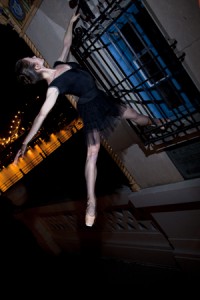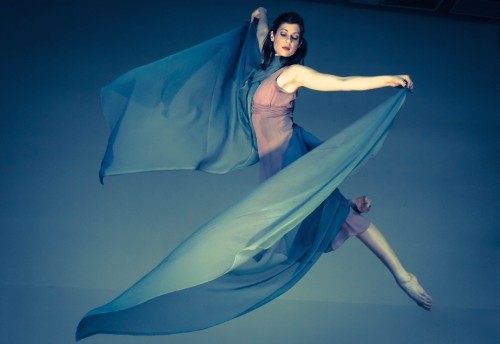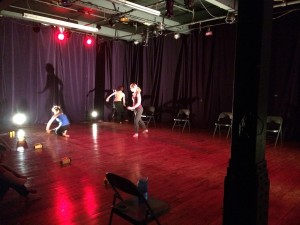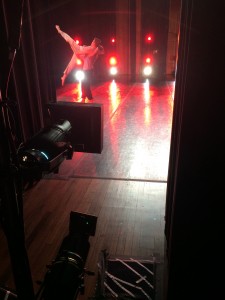
Preparing yourself for life as a professional dancer can be a daunting task. Worse yet, it is often difficult to find solid advice about how to navigate through the transition from student to professional–and what is expected of you can vary a great deal from company to company.
Enter Trey McIntyre and the #DancerResource project.
Trey McIntyre is a well-known figure in the dance world, and he is also the creator and curator of an amazing resource for dancers that taps professionals in the field to share their expertise and knowledge. We reached out to Trey to learn more about how this all got started and who is involved, and he shared some information about this exciting new resource with us in the interview below…
Enjoy! And please do share this series with any young dancers you know.
What exactly is the #DancerResource project?
The #DancerResource project is a collection of essays, letters, and videos from Artistic Directors, Choreographers, and dancers responding to the questions from young dancers about how to best be preparing themselves to both get into the company that they want to be in and how to navigate the transition in becoming a professional dancer.
Can you talk a bit about where the idea for this series came from?
I taught a class at the University of North Carolina School of the Arts in December during their Intensive Arts session about the transition of becoming a professional. I was struck by how much fear and lack of knowledge surrounded the process of approaching a company. Every Artistic Director is different and the students felt like they had one shot at getting it right, but felt at a disadvantage with a lack of specific information. One of the students had a question about how to go to New York and freelance, so I reached out to one of my former dancers, Chanel DaSilva, who is doing that very thing. She responded with a thorough, insightful, and loving letter to the dancers that they were thrilled to get. This gave me the idea that I should just reach out to directors and ask the questions that these students wanted to know the answers to.
Who are some of the people that have participated in this project thus far?
We began with David Hallberg. I have known David since creating a work on him at American Ballet Theatre and have always found him to be a person of great character–and even though he maintains a position of great prestige, he operates with such dignity and humility. I thought that would be a great perspective to include and I was right. His entry is beautiful. I’ve tried to make the responses as varied as possible. Large and small companies. Contemporary to classical companies. People at different stages in their career. Sidra Bell just contributed a great video. Lar Lubovitch, San Francisco Ballet, The Bad Boys of Dance.
How did you decide who you were going to reach out to, and how has the response been?
I’ve mostly reached out to people that I know personally, but made some cold calls too, especially to people that students from my UNCSA class wanted to hear from. Almost everyone has been thrilled to be a part of it and agrees that there is a need for this information.
Why do you think this type of information is valuable, and who is the series geared toward?
The series is geared toward students who are looking toward a professional career. I’ve often been struck by how few schools, dance or otherwise, provide real-world training in the nitty-gritty. They may give excellent technical training, but how do you actually adapt your thinking to the professional world to have a successful career? My hope is that these candid perspectives add some information to make that more possible.
How long do you envision continuing this project?
For as long as there are people who have things to say.
Where can people find the previous installments, and how often do you post them?
All of the installments are on the TMP Facebook page and we release a new one every Wednesday. Sometimes we do more and especially now that we are in audition season. (Editor’s note: You can also find the series archived on the Trey McIntyre Project’s website.)
Who do you have in the upcoming lineup?
Entries coming up include River North Dance Chicago, Jonathan Jordan from The Washington Ballet, and a primer on freelance work in NY from dancer Tobin Del Coure.
Trey McIntyre was born in Wichita, Kansas, and trained at North Carolina School of the Arts and Houston Ballet Academy. At Houston Ballet, he was appointed Choreographic Apprentice in 1989 and then, in 1995, he became the company’s Choreographic Associate. He has created more than 100 works for companies such as New York City Ballet, American Ballet Theatre, Stuttgart Ballet, Hubbard Street Dance Chicago, and Pennsylvania Ballet and founded his own company, Trey McIntyre Project, in 2005. McIntyre’s work has been featured in The New York Times, Dance Magazine, PBS NewsHour, People Magazine, Los Angeles Times, Chicago Tribune, The Boston Globe, and many others. He is also a filmmaker and photographer, currently working on a documentary and collection of photos, while continuing to work with companies all over the world.





